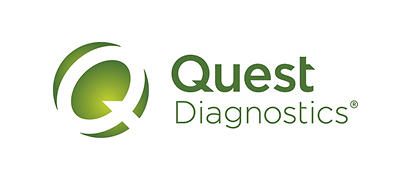It is appropriate to use a chromogenic factor VIII assay, particularly one that uses bovine coagulation factors, to avoid inference to drugs such as emicizumab, in order to monitor endogenous or infused factor VIII activity. Chromogenic factor VIII assays are also useful in the case of acquired inhibitors such as lupus anticoagulant that can interfere in clot based assays.
In addition, in patients with a suspected bleeding disorder, it is essential that both a 1-stage factor VIII clot-based assay and a chromogenic assay be performed to avoid missing the diagnosis by either assay.





